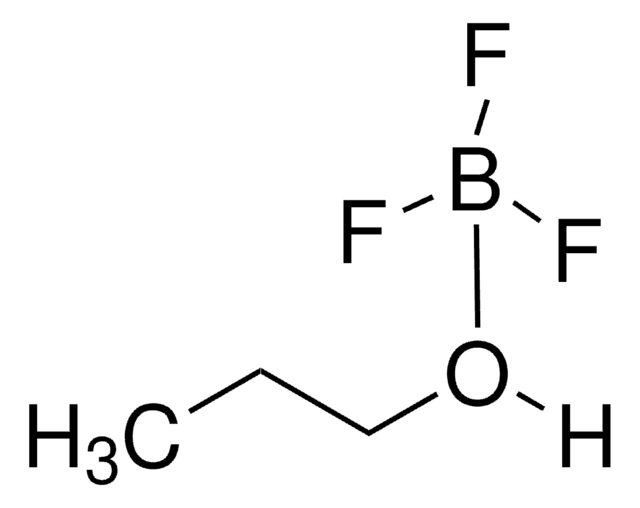232637
1,3-Diphenoxybenzene
≥99%
Synonym(s):
Resorcinol diphenyl ether
About This Item
Recommended Products
Assay
≥99%
form
powder
mp
59-61 °C (lit.)
SMILES string
O(c1ccccc1)c2cccc(Oc3ccccc3)c2
InChI
1S/C18H14O2/c1-3-8-15(9-4-1)19-17-12-7-13-18(14-17)20-16-10-5-2-6-11-16/h1-14H
InChI key
JTNRGGLCSLZOOQ-UHFFFAOYSA-N
Looking for similar products? Visit Product Comparison Guide
Related Categories
Application
- as internal standard during solid-phase extraction and gas chromatography coupled mass spectrometry in the selective ion monitoring (SIM) mode for the multi-class determination of pesticides
- in the synthesis of new carboxylate ligands for simulation of binuclear active centres of nonheme oxygenases
Storage Class Code
11 - Combustible Solids
WGK
WGK 3
Flash Point(F)
Not applicable
Flash Point(C)
Not applicable
Personal Protective Equipment
Certificates of Analysis (COA)
Search for Certificates of Analysis (COA) by entering the products Lot/Batch Number. Lot and Batch Numbers can be found on a product’s label following the words ‘Lot’ or ‘Batch’.
Already Own This Product?
Find documentation for the products that you have recently purchased in the Document Library.
Our team of scientists has experience in all areas of research including Life Science, Material Science, Chemical Synthesis, Chromatography, Analytical and many others.
Contact Technical Service






